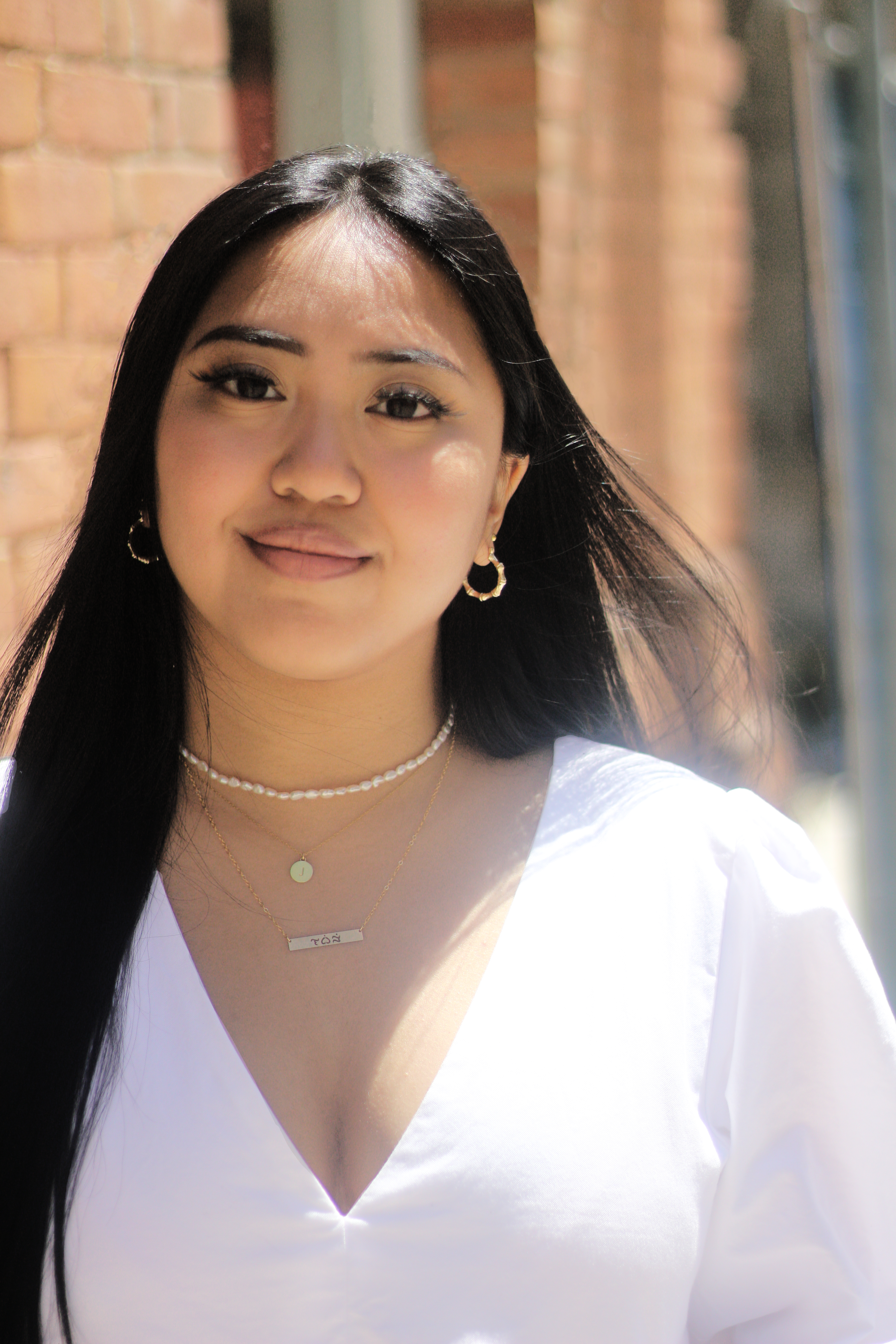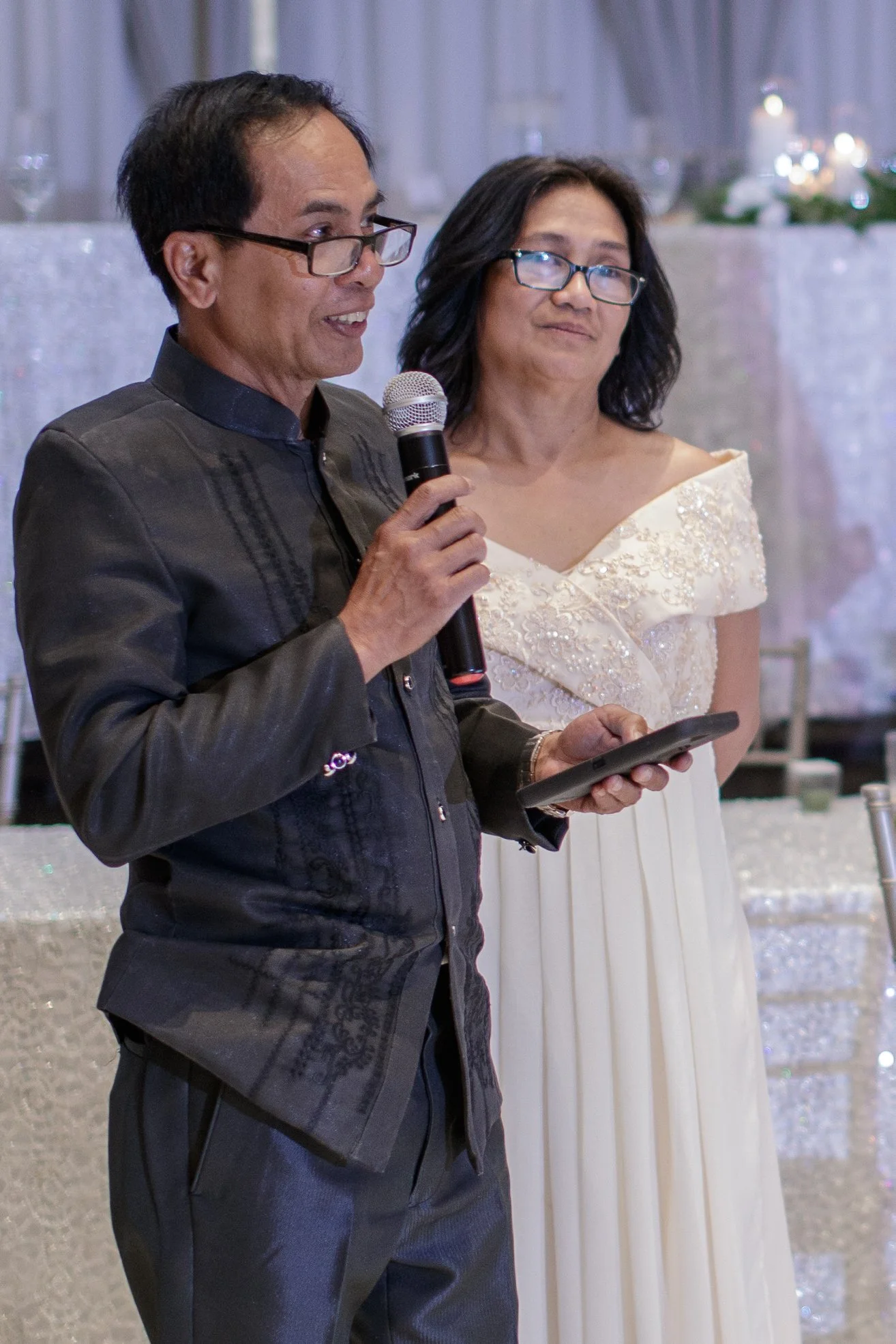Intersections of Art: Philippines
Reflections by Joanna de Villa, Coordinator of Communications and Community Outreach for Gallery 1265
Joanna de Villa, photography by Mikaela La Rose
I remember being fourteen, sitting in the back of the class of my Academic-level French class as the teacher did roll call.
“de Villa,” she mused aloud in her Quebecois accent. “Is that French?”
I furrowed my dark brows as I looked up from my phone. “It’s Spanish,” I replied, unsure of how she mistook my dark skin for anything but.
I'm Filipino. I am a biological concoction of Ilocos and Bicol — the provinces my parents hail from.
But, in truth, I’m more Canadian than I am Filipino. See, I’m the youngest child of three. By the time my parents got to me, they stopped speaking Tagalog around the house and so I never picked it up naturally. Once, my parents tried to enrol me in Tagalog lessons but I threw a big hissy fit and so they let me quit.
Evidently, I’ve always had a love-hate relationship with my culture because it never really seemed like mine to begin with. I was born in Canada, I don’t speak the language, and I’ve visited the Philippines once. As a Westerner, I questioned if I even had a right to weigh in on this. But, as someone who taught myself to climb this hill, my introspection is valid because it is my culture.
In line with our season’s theme of self, “the search to understand ourselves is often a lifelong endeavour, but it begins with reflection.” I’ve always looked for ways to grow closer to my culture, but my family has always brushed off my interest in the Philippines. They’ve always considered me too white-washed to take me seriously when I ask questions, or too westernized to have an opinion on the events happening in their home country. So, I read on my own. I read about our myths, our histories, the lost language we don’t see.
This might be a hot take for some, but the Philippines holds so much resentment for their own Indigenous culture. You can tell when they make jokes about the mountain tribes. When they take papaya soap to their skin to lighten it. When we speak, the Spanish bleeds through. Each day, they refuse our ancestors the heritage they were always meant to pass down to us.
Jonas and Ruth de Villa, photography by June Salonga
In everything we do, we witness the aftermath of Spain’s colonial rule.
Even in the fabric of our traditional clothing is the marriage of Spain and the Philippines.
For my debut — my eighteenth birthday celebration, significant in Philippine culture — my parents wore a Barong Tagalog and a modernized María Clara, the traditional clothes of the Philippines.
The dress is named after the feminine ideal of a Filipino woman, María Clara, the mestiza heroine written by José Rizal. To be mestiza is to be mixed — specifically with Spaniard and Indio, a native-born Filipino. The feminine ideal of the Philippines is also a product of Spanish colonization.
I taught myself to wear my terno with pride but as I continually educate myself, I wonder if this is what I’m meant to take pride in when I don my butterfly sleeves.
Even in the shimmering fabric of the Barong that my dad proudly wears to every wedding, there’s a history tainted by Spanish fear. The fine piña fabric, delicate fibres made from pineapple leaves, created a transparent fabric that revealed concealed weapons. But, we embellished them with embroidery to make it ours. And that’s the example I follow moving forward.
The history my parents know and celebrate are directly intertwined with colonization, and while that’s what they know, I take it upon myself to learn the culture that I feared knowing as a child. Now, I wear my Baybayin nameplate with pride, proudly explaining to people its meaning and its history.
With it, I take my history where I go. I remember my roots.
The way I dress is my art. This is how I take back my culture.
I invite you to do the same for yours.



